Gymnast and senior Aaronson Mansberger is committed to the University of Michigan, said he has been involved with the recruiting process for college athletics since the end of sophomore year.
“After I won Nationals after sophomore year, I sent a lot of the college coaches a ton of videos from the sophomore season from meets, training, stuff like that, ” Mansberger said. “Then during the summer before senior year, the coaches started offering me official visits.”
Mansberger is only one of many high school students who have been recruited for college athletics. According to the National Collegiate Athletics Association (NCAA), there are around 480,000 student athletes in the United States, many of whom were recruited. In addition, recruits for basketball, the NCAA’s highest grossing sport, sign letters of intent throughout the month of November.
Mens’ wrestling Head Coach Ed Pendoski said recruitment of college athletics has increased in importance throughout the years he has coached wrestling.
“I think with the growth of recruiting, it’s become a very high profile thing. ESPN covers it, I get emails every day (asking) which recruits are going to this thing on these days, which students are here,” Pendoski said. “So I think that’s changed the landscape a little bit.”
Pendoski also said social media has influenced how recruiting works.
“Social media has changed (the recruitment process) a lot,” Pendoski said. “Schools being able to reach out to kids is very easy compared to how it was 20-ish years ago where it used to be where the school would need to call the coach. So that part has really changed the landscape.”
This change in how recruitment works has caused stress for some student athletes. Mansberger said while he viewed the process as being fun for the most part, it did get nerve-wracking at times.
“I’d say the recruiting process starts out fun, but then there are a couple of weeks that get really stressful, especially when you’re pressured to make a decision,” Mansberger said. “All of the coaches have you on a time restraint and you need to make a decision quickly, but it’s hard because it’s such a big decision and you need a lot of time to make it.”
Mia Kubek, soccer player and senior, committed to DePauw for women’s soccer. She also said the recruitment process was stressful; however, it became more fun when she knew what she wanted from the university she would commit to.
“(The recruitment process) was definitely stressful just because I didn’t know where I wanted to go, so that was the most stressful part,” Kubek said. “But once I narrowed (my choices) down, it became considerably less stressful.”
While the recruitment process can be stressful, Pendoski said the most important thing for a student athlete is to find a university that is a good fit for them.
“What I’ll do is meet with our juniors who are thinking about wrestling in college and put them through a filter,” Pendoski said. “There’s five things you’ve got to think about if you want to be an athlete in college. The first thing is how much do you want to wrestle, which matters because being an athlete in college is more than a job… then the next things are academics, how much (college) is going to cost, and then the last two things are how far away are you from mom and (which coach) do you want to go to work for.”
Kubek said she took multiple factors into account with her choice to commit to DePauw, and she is happy with the decision she made.
“Since (Depauw) is (a division 3 school) they can’t give me any money for sports. But I got a good academic package and they have the schooling for what I want to be,” Kubek said. “Also, I really just loved the campus and I liked the coaching staff and all the team members. Just the environment (was really good) and it was close to home.”
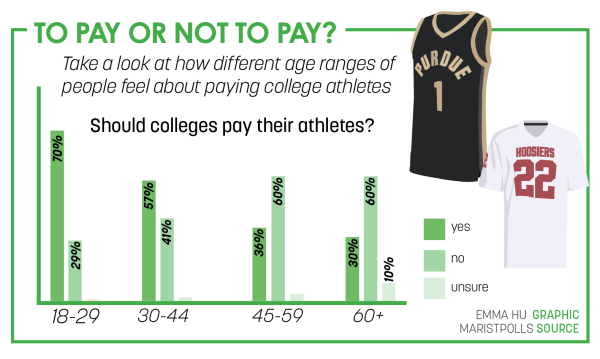
Athletic scholarships account for over $2.7 billion annually in the United States, according to Forbes, 67% of Americans believe college athletes should receive direct compensation from universities.
Pendoski said he is not sure if college athletes should be paid, since while colleges, he said, can be exploitative of their athletes, compensation could also harm smaller college athletic programs.
“I don’t know (if college athletes are fairly compensated),” Pendoski said.” I think when you start to pay the athletes, it changes the game, and I don’t know if it makes (athletics) a level playing field.
According to Pendoski, schools in the top 5% would have more resources to recruit athletes if student athletes are compensated, negatively affecting college athletics.
“So the part I don’t like about the compensation is that the rich are getting richer, and that scares me because if we start to lose programs, that hurts,” Pendoski said.
Pendoski also said, however, schools profiting off of an athlete’s name and image while not compensating the athlete brings up some ethical concerns.
“So do I think (athletes) are compensated enough?,” Pendoski asked, “Yes and no.”
Despite problems within college athletics, Mansberger said he is glad with his choice to commit to the University of Michigan.
“(The University of Michigan) was a perfect fit academically, also I really liked the coaches and the team’s work ethic,” Mansberger said.










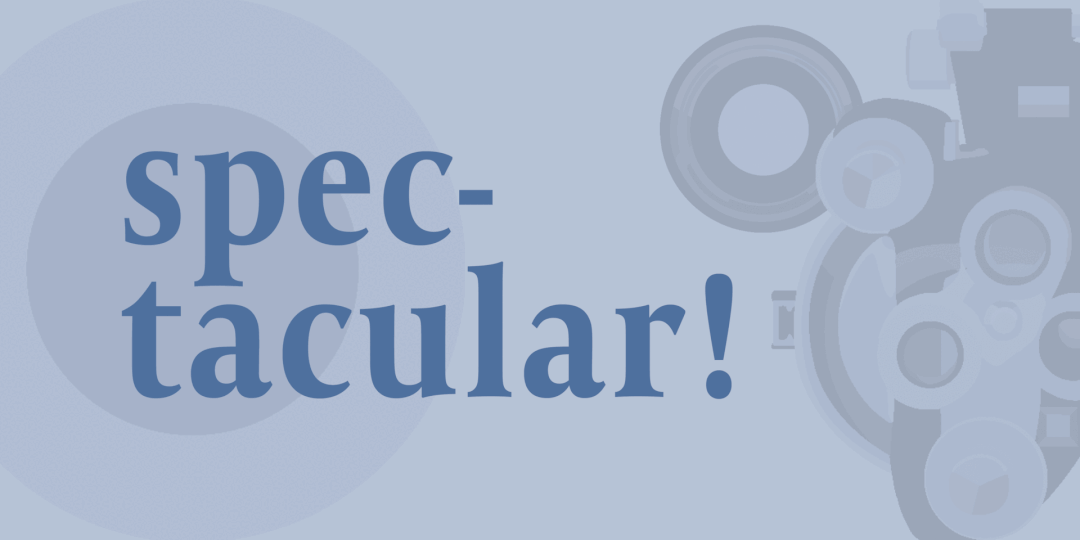

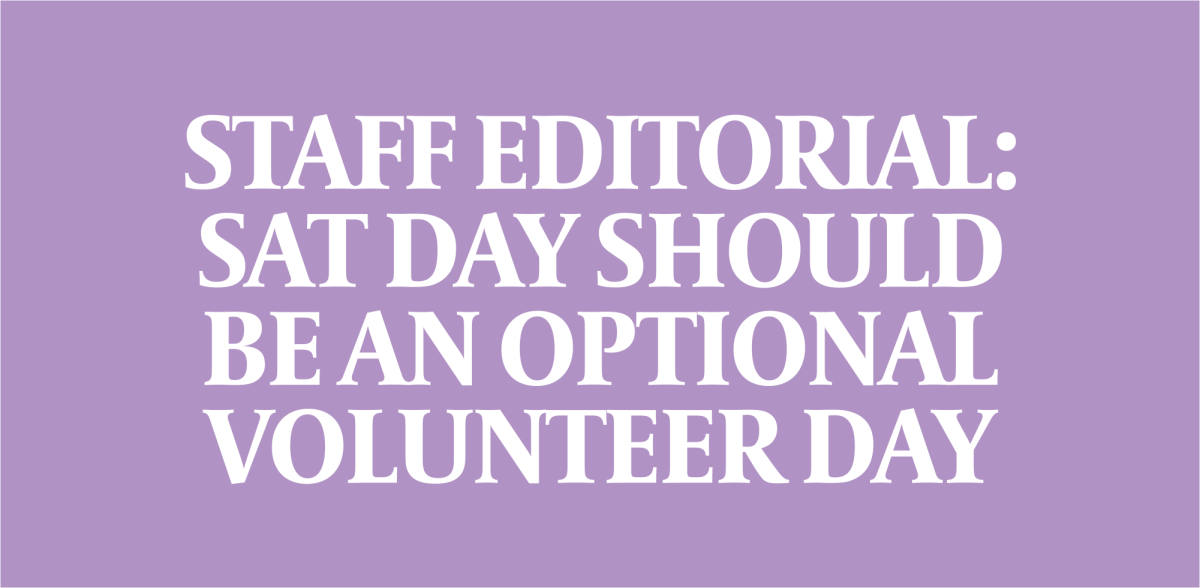









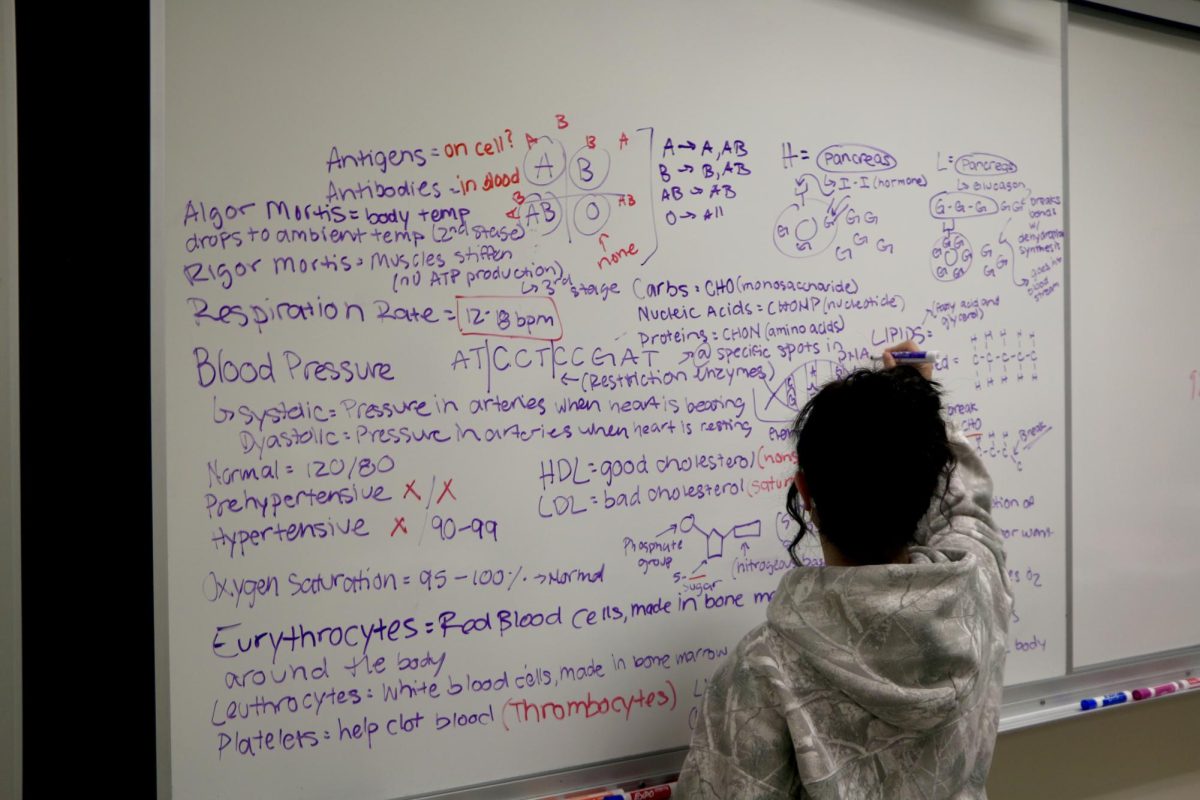
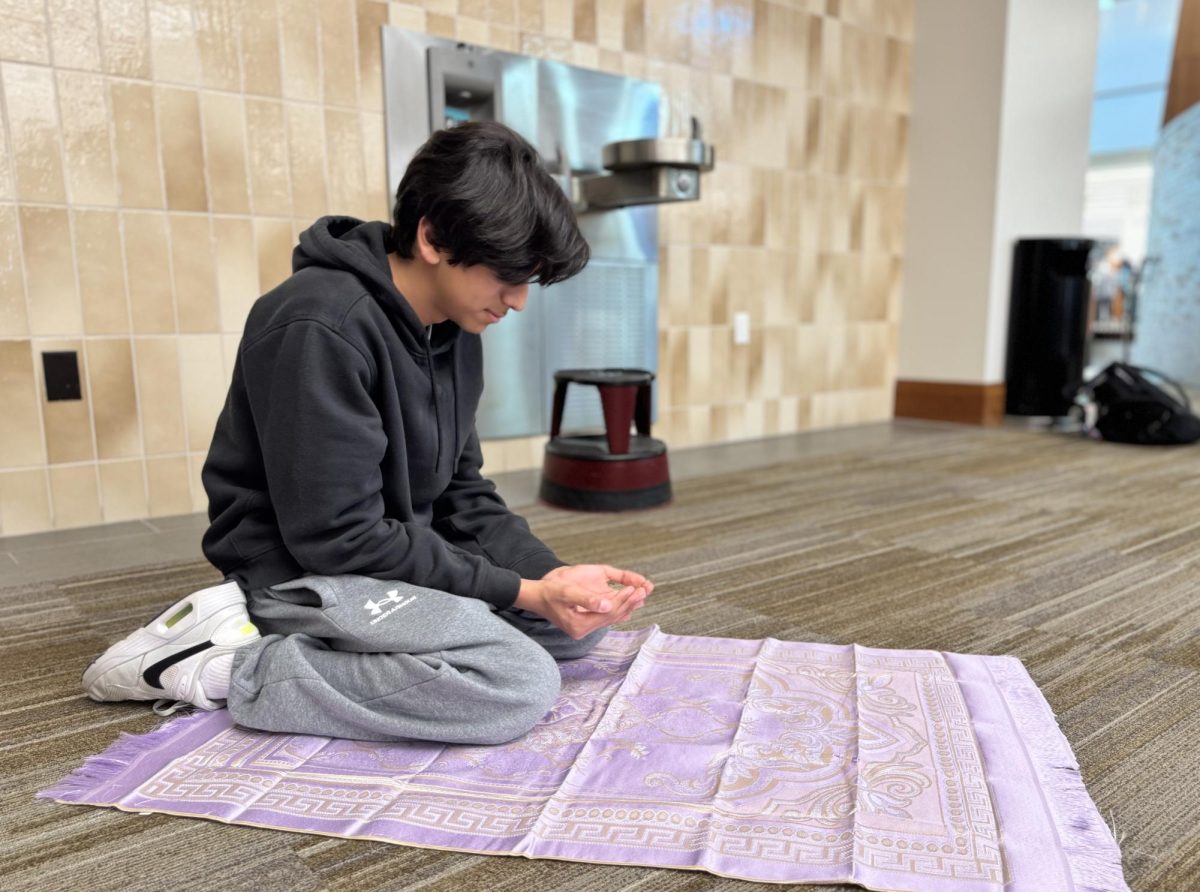
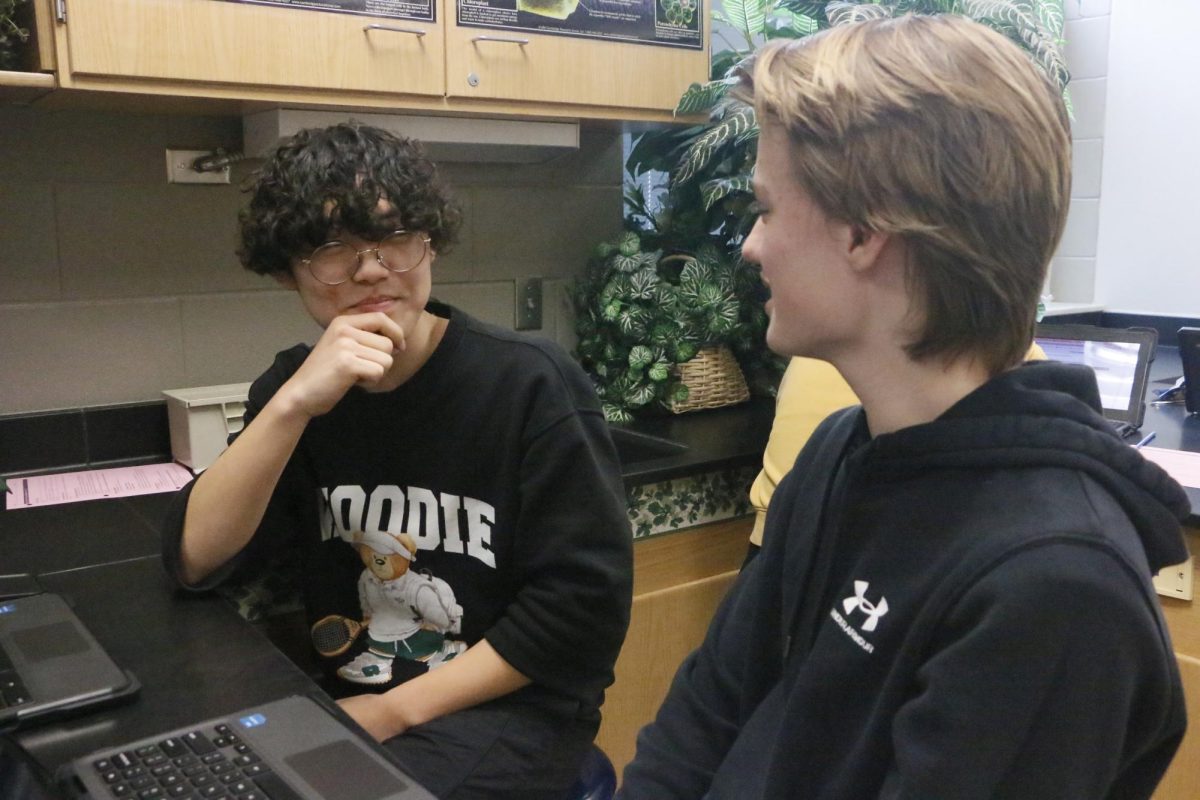


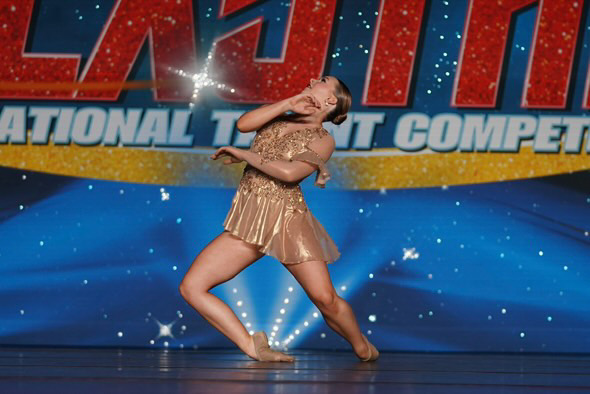
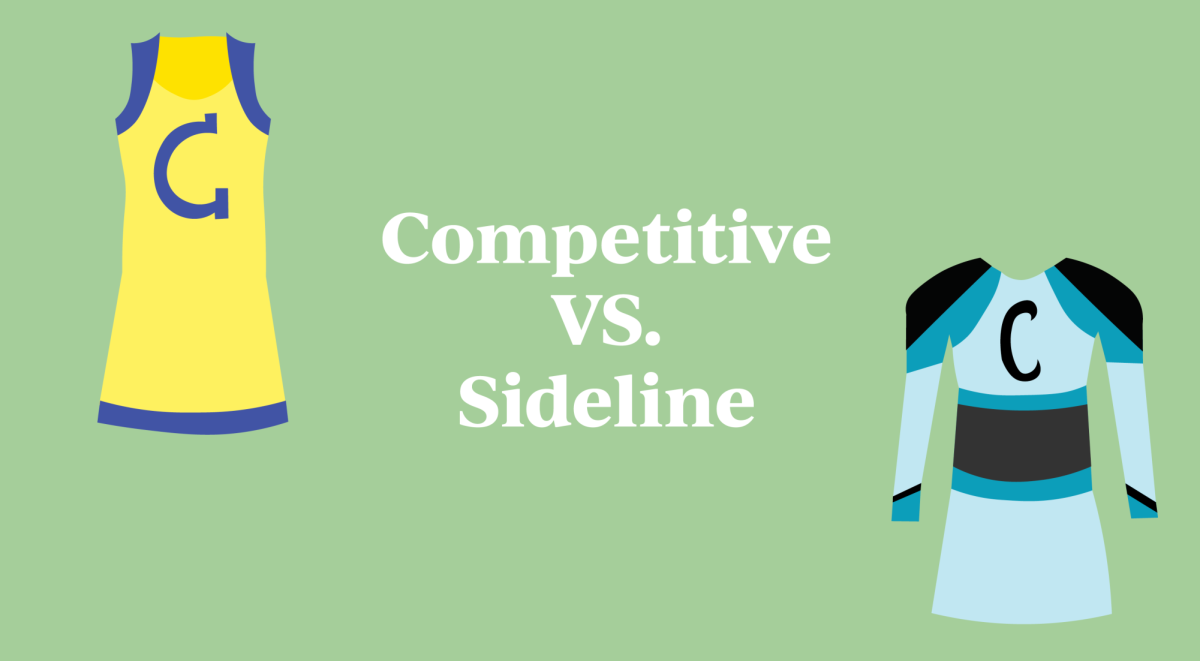

![AI in films like "The Brutalist" is convenient, but shouldn’t take priority [opinion]](https://hilite.org/wp-content/uploads/2025/02/catherine-cover-1200x471.jpg)




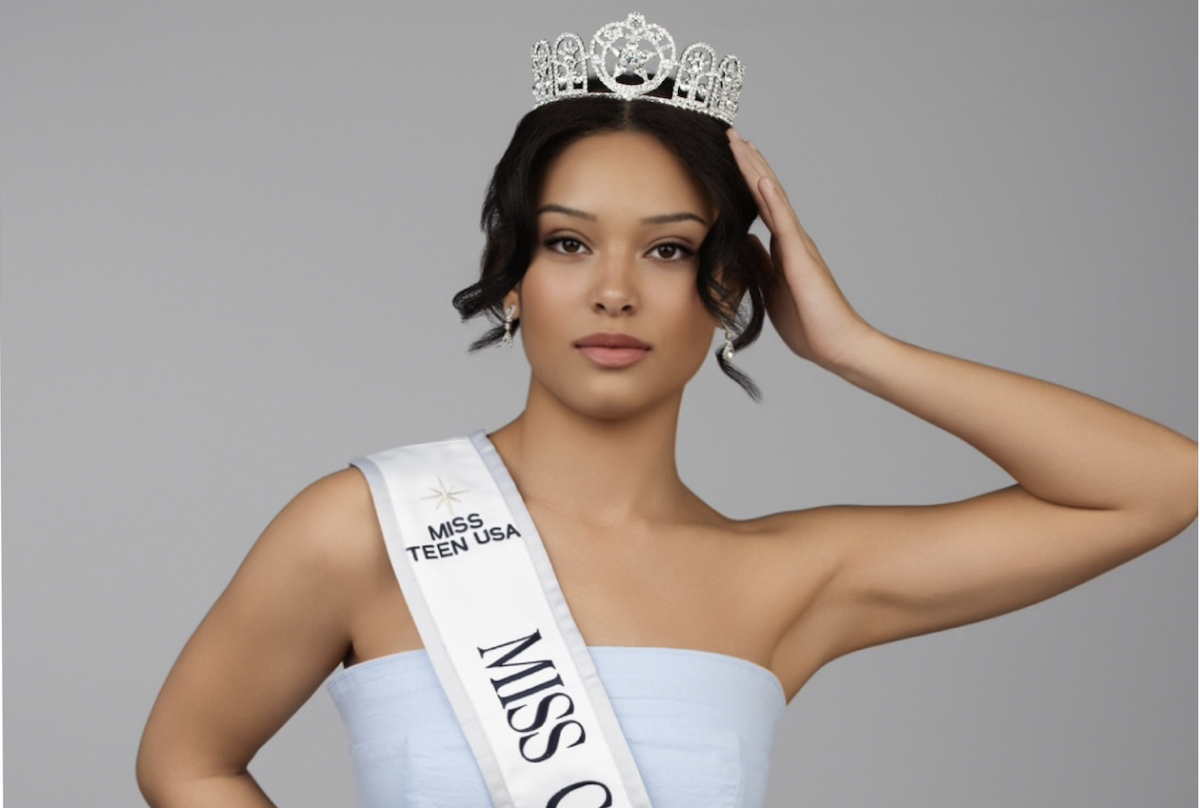







































![Review: "Dog Man" is Unapologetically Chaotic [MUSE]](https://hilite.org/wp-content/uploads/2025/03/dogman-1200x700.jpg)
![Review: "Ne Zha 2": The WeChat family reunion I didn’t know I needed [MUSE]](https://hilite.org/wp-content/uploads/2025/03/unnamed-4.png)
![Review: Few biopics succeed, but “Better Man” does [MUSE]](https://hilite.org/wp-content/uploads/2025/02/MV5BODU1NmRkZWUtOTY5NS00MjQwLTk4NGYtYTEzOTRkNWI3NzYxXkEyXkFqcGc@._V1_-960x1200.jpg)
![Review: “Transformers One” is a refreshing and exciting addition to the franchise [MUSE]](https://hilite.org/wp-content/uploads/2025/01/unnamed-3.png)
![Review: “Journals” is the gift that keeps on giving [MUSE]](https://hilite.org/wp-content/uploads/2024/12/monkey.jpg)
![Review in Print: Maripaz Villar brings a delightfully unique style to the world of WEBTOON [MUSE]](https://hilite.org/wp-content/uploads/2023/12/maripazcover-1200x960.jpg)
![Review: “The Sword of Kaigen” is a masterpiece [MUSE]](https://hilite.org/wp-content/uploads/2023/11/Screenshot-2023-11-26-201051.png)
![Review: Gateron Oil Kings, great linear switches, okay price [MUSE]](https://hilite.org/wp-content/uploads/2023/11/Screenshot-2023-11-26-200553.png)
![Review: “A Haunting in Venice” is a significant improvement from other Agatha Christie adaptations [MUSE]](https://hilite.org/wp-content/uploads/2023/11/e7ee2938a6d422669771bce6d8088521.jpg)
![Review: A Thanksgiving story from elementary school, still just as interesting [MUSE]](https://hilite.org/wp-content/uploads/2023/11/Screenshot-2023-11-26-195514-987x1200.png)
![Review: "When I Fly Towards You", cute, uplifting youth drama [MUSE]](https://hilite.org/wp-content/uploads/2023/09/When-I-Fly-Towards-You-Chinese-drama.png)
![Postcards from Muse: Hawaii Travel Diary [MUSE]](https://hilite.org/wp-content/uploads/2023/09/My-project-1-1200x1200.jpg)
![Review: "Ladybug & Cat Noir: The Movie," departure from original show [MUSE]](https://hilite.org/wp-content/uploads/2023/09/Ladybug__Cat_Noir_-_The_Movie_poster.jpg)
![Review in Print: "Hidden Love" is the cute, uplifting drama everyone needs [MUSE]](https://hilite.org/wp-content/uploads/2023/09/hiddenlovecover-e1693597208225-1030x1200.png)
![Review in Print: "Heartstopper" is the heartwarming queer romance we all need [MUSE]](https://hilite.org/wp-content/uploads/2023/08/museheartstoppercover-1200x654.png)


